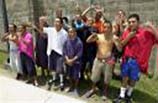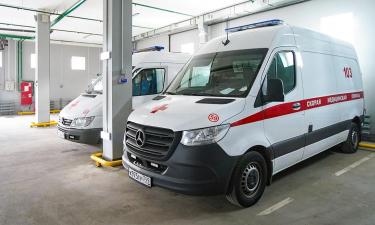Gang problems in Latin America
A wave of violence in Sao Paulo has focused attention on gang problems in Latin America. A summary:

Mexico and Central America: The maras, Central American youth gangs, began in the 1990's after children of immigrants to the U.S. became involved in gangs and were deported back to El Salvador, Honduras and Guatemala. They are now blamed for beheadings and extortion and have been the subject of government crackdowns.
In Honduras, they attacked a bus full of people on Dec. 23, 1994, and left a bloody warning against instituting the death penalty. Drug gangs control the movement of cocaine, heroin, marijuana and methamphetamines throughout Central America and Mexico. They are strongest in Guatemala, where the majority of cocaine from Colombia arrives to be smuggled into Mexico. Mexican President Vicente Fox's administration had made several high profile arrests, sparking a turf war that has claimed hundreds of lives.
Caribbean: Well-armed gangs are behind the Caribbean islands' skyrocketing homicide rate, which is 10 times that of the United States. Operating mostly in poor neighborhoods around Jamaica's capital, Kingston, gangs with names like the Clansmen and One Order battle for control of extortion and drug rings.
Argentina, Uruguay and Paraguay: Highly organized smuggling rings take advantage of rough jungle terrain at the "Triple Border" of these three countries. Some officials say they fear terrorists exploit the area and criminal connections there.
Colombia: Traffickers of cocaine and other drugs have been responsible for thousands of deaths in Colombia, which is the origin of many of the drug trade routes to the United States. Colombian gangs have often spread their ties into the United States and Mexico, reports AP.
O.Ch.
Subscribe to Pravda.Ru Telegram channel, Facebook, RSS!





